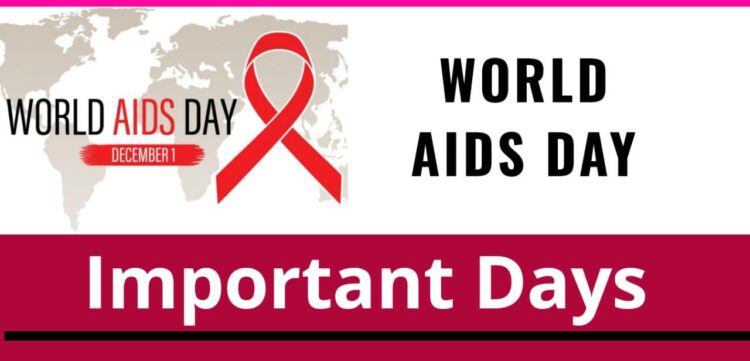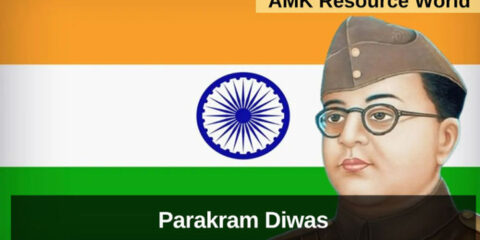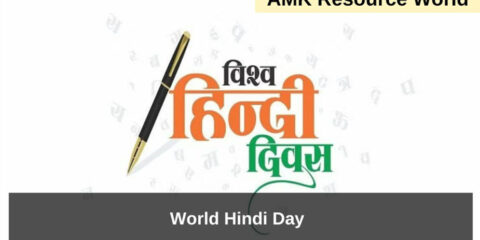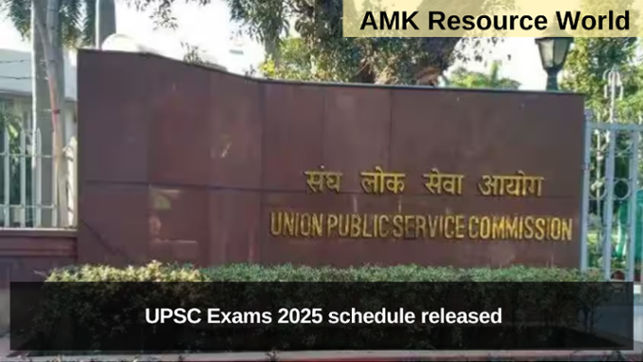| Celebrated Every year on 1st December |
CRUX
| Started Year | 1988 |
| Observed By | All UN Member States |
| Symbol | Red Ribbon |
AIDS……. Probably everyone either feels shy or some will take back their step from that discussion in public. But why! Almost all have had misconception about AIDS.
Most of the times many of them assumed that both HIV and AIDS are same disease. Because of lack of knowledge and less information they know about it makes them to feel that HIV and AIDS are different word with same meaning. It may be just one topic that is out of box for one who doesn’t have that disease.
But for the one who are fighting with AIDS, it’s not a disease actually that is curse for them. The one who is suffering from AIDS know that how hell it is to experience that every day and every second. To make them feel comfortable and give hope to their life, worldwide AIDS day is celebrated.
WHAT IS AIDS?
AIDS is a acronym stands for Acquired Immuno Deficiency Syndrome.
A (Acquired) – This condition is acquired, means that a person becomes infected from it.
I (Immuno) – HIV affects a person’s immune system to the part of the body which fights against germs such as bacteria or viruses.
D (Deficiency) – The immune system becomes deficient and it starts to work improperly.
S (Syndrome) – A person with AIDS may experience other diseases and infections because of a weakened immune system.
AIDS is the most advanced stage of infection caused by HIV. The names HIV and AIDS can be confusing because both of the terms characterize the same disease.
Most of the people who are living with HIV don’t have AIDS and most people with HIV will not suffer from AIDS, if they start treatment (with medicines called antiretroviral therapy or ART) soon after becoming infected.
A person living with HIV is said to have AIDS only when their resistance power is too weak to fight off certain kinds of infections and cancers, such as PCP (a type of pneumonia), KS (Kaposi sarcoma, a type of cancer that affects the skin and internal organs), wasting syndrome (involuntary weight loss), memory impairment, or tuberculosis.
Even without any of these infections, a person facing HIV is diagnosed with AIDS if their immune system weakens, as indicated by the number of CD4 cells. But again, it is important to note down that most people with HIV will not get AIDS if they start treatment soon after initial infection.
HISTORY
World AIDS Day concept was first discussed in August 1987 by James W. Bunn and Thomas Netter, two public information officers for the Global Programme on AIDS at the World Health Organization in Geneva, Switzerland. Bunn and Netter took discussed their idea to Dr. Jonathan Mann, Director of the Global Programme on AIDS (now known as UNAIDS).
Dr. Jonathan Mann liked the concept, approved it, and agreed with the recommendation that the first observance of World AIDS Day should be observed every year on 1st December and started in 1988
What Is HIV?
HIV (human immunodeficiency virus) is a virus that target the cells which are fighting against infection & makes a person more suspectible to other infections and diseases.
It is spread by contact with certain bodily fluids of a person with HIV, most commonly during unprotected sex (sex without a condom or HIV medicine to prevent or treat HIV), or through sharing injection or drug equipment.
If it is left untreated, HIV can lead to the disease AIDS (acquired immunodeficiency syndrome).
The human body can’t get rid of HIV and there is no effective HIV cure exists till now. So once someone have HIV, they have it for life.
However, by taking HIV medicine (called antiretroviral therapy or ART), people with HIV can live long and healthy lives and prevent transmitting HIV to their sexual partners.
In addition, there are effective methods to prevent getting HIV through sex or drug use, including pre-exposure prophylaxis (PrEP) and post-exposure prophylaxis (PEP).
It is widely believed that HIV originated in Kinshasa, in the Democratic Republic of Congo around 1920. HIV crossed from chimpanzees to humans. It was first seen in 1981. HIV is the cause of one of deadliest and most persistent epidemics.
CELEBRATION
World AIDS Day is commemorated on 1st December every year. It’s a chance for all in worldwide to stand together and fight against HIV, to show support for who are enduring from HIV and to mourn for those who have died from an AIDS-related illness. Founded in 1988, World AIDS Day was the first ever global health day.
SIGNIFICANCE
Over 103,800 people are going through HIV in the UK. Globally, there are an estimated 38 million people who have infected from HIV virus. Despite of this, this deadly virus was first identified in 1984. More than 35 million people died because of HIV or AIDS, making it one of the most destructive pandemics in history.
Today, scientific advances have been made in HIV treatment, there are laws to protect people living with HIV and we understand so much more about the condition.
HOW TO PREVENT?
We may not know the pain of the one who is living with AIDS or infected with HIV. But surely we can give some hope for them and make their life normal as all.
However it doesn’t takes our money or even our health to rise awareness about AIDS to government that AIDS is still not gone away from society.
So it’s necessary to find treatment or funds for them to support their life. Moreover AIDS doesn’t spread by touching someone who has AIDS. So create awareness and give light to the people who are living with AIDS.
THEMES
| 2010 | Universal Access and Human Rights |
| 2011 | Getting to Zero |
| 2012 | Together we will end AIDS |
| 2013 | Zero Discrimination |
| 2014 | Close the gap |
| 2015 | On the fast track to end AIDS |
| 2016 | Hands up for #HIVprevention |
| 2017 | My Health, My Right |
| 2018 | Know your status |
| 2019 | Communities make the difference |
| 2020 | Global solidarity shared responsibility |









































